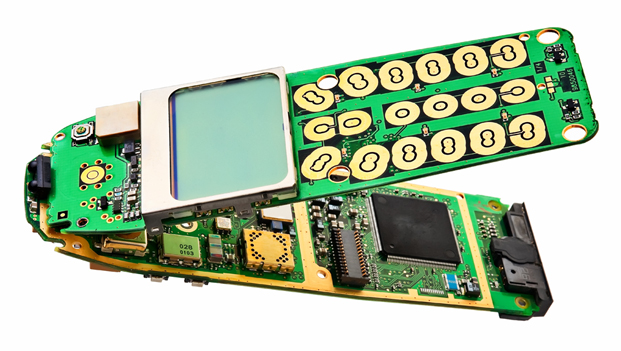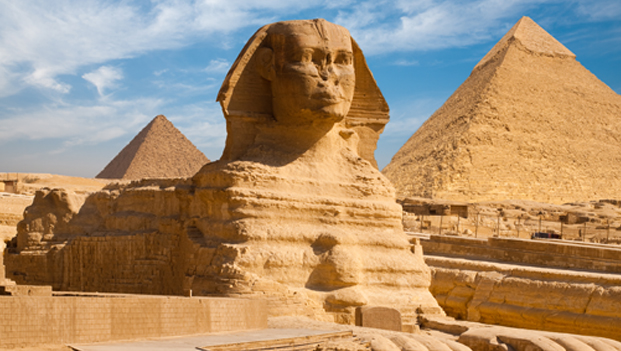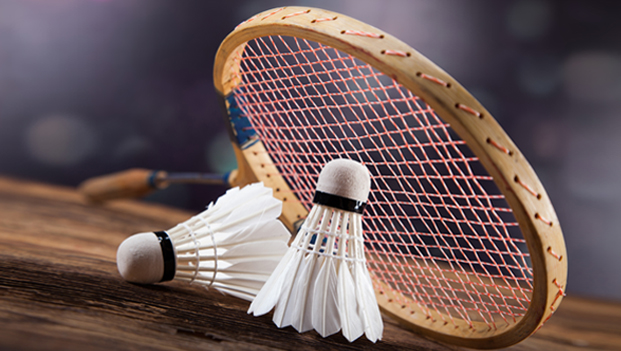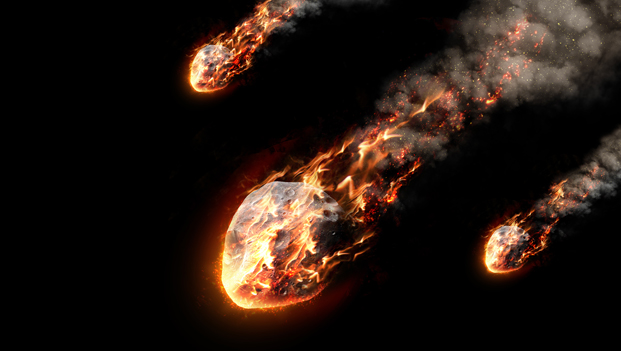8th February 2016
Retired mobile phones mean ‘gold’ gone wasted
The average mobile phone contains about 24 mg of gold. Gold does not corrode and therefore, is a good transmitter of small amounts of currents in the mobile phone. It is estimated that in the United States alone, 130 million mobile phones are retired every year. Recycling these alone would yield about 3.4 metric tons of gold.





